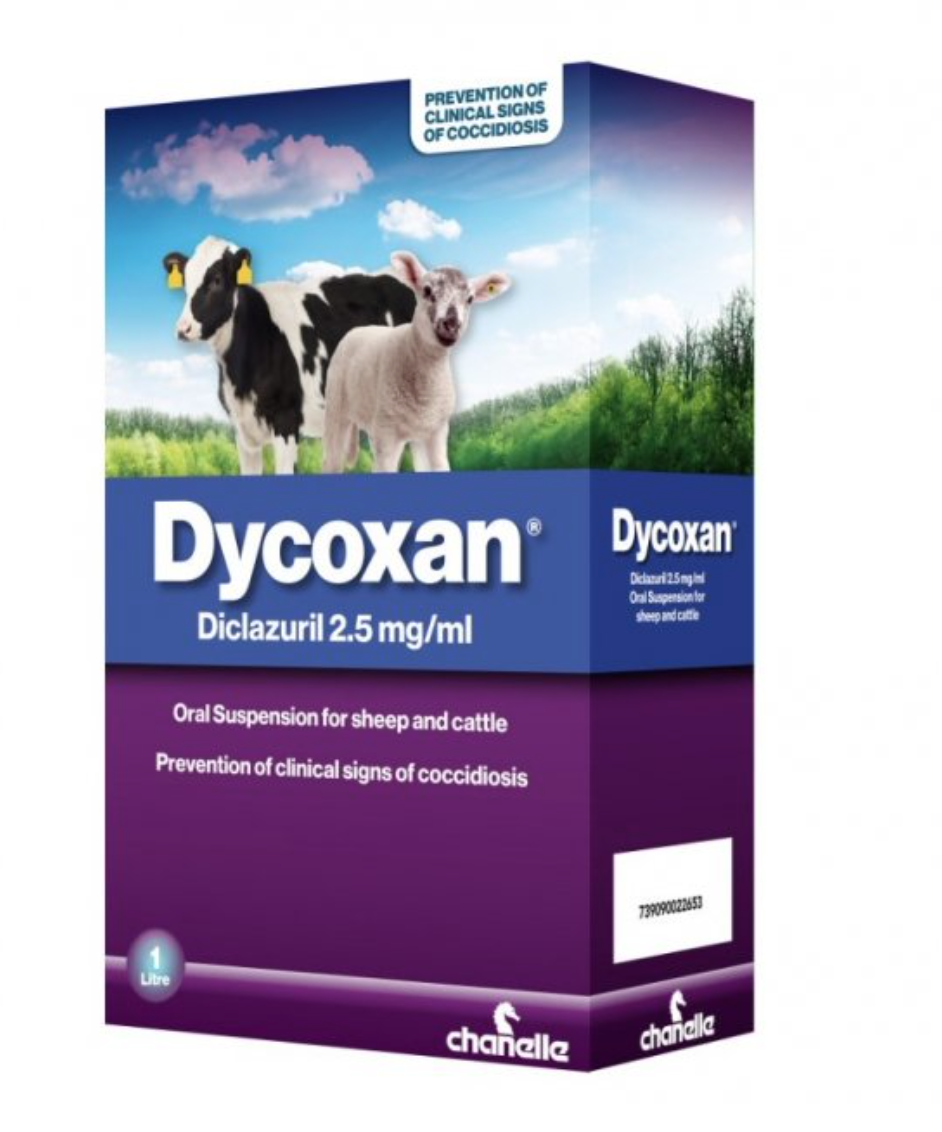Dycoxan 2.5mg/ml Oral Solution
For use in calves and lambs
- In lambs: Prevention of clinical signs of coccidiosis caused by Eimeria crandallis and Eimeria ovinoidalis sensitive to diclazur.
- In calves: Prevention of clinical signs of coccidiosis caused by Eimeria bovis and Eimeria zuernii sensitive to diclazuril.
Dosage & Administration
Lambs
- A single oral administration of 1 mg diclazuril per kg bodyweight
- Or 1 ml the product oral suspension per 2.5 kg bodyweight at about 4-6 weeks of age at the time that coccidiosis can normally be expected on the farm.
- Under conditions of high infection pressure, a second treatment may be indicated about 3 weeks after the first dosing.
Calves
- A single administration of 1 mg diclazuril per kg bodyweight
- Or 1 ml the product oral suspension per 2.5 kg bodyweight, administered as a single dose, 14 days after moving into a potentially high risk environment.
- If a satisfactory response is not observed, then further advice should be sought from your veterinary surgeon and the cause of the condition should be reviewed. It is good practice to ensure the cleanliness of calf housing.
Dycoxan 2.5mg/ml Oral Solution
For use in calves and lambs
- In lambs: Prevention of clinical signs of coccidiosis caused by Eimeria crandallis and Eimeria ovinoidalis sensitive to diclazur.
- In calves: Prevention of clinical signs of coccidiosis caused by Eimeria bovis and Eimeria zuernii sensitive to diclazuril.
Dosage & Administration
Lambs
- A single oral administration of 1 mg diclazuril per kg bodyweight
- Or 1 ml the product oral suspension per 2.5 kg bodyweight at about 4-6 weeks of age at the time that coccidiosis can normally be expected on the farm.
- Under conditions of high infection pressure, a second treatment may be indicated about 3 weeks after the first dosing.
Calves
- A single administration of 1 mg diclazuril per kg bodyweight
- Or 1 ml the product oral suspension per 2.5 kg bodyweight, administered as a single dose, 14 days after moving into a potentially high risk environment.
- If a satisfactory response is not observed, then further advice should be sought from your veterinary surgeon and the cause of the condition should be reviewed. It is good practice to ensure the cleanliness of calf housing.
Recently Viewed
-
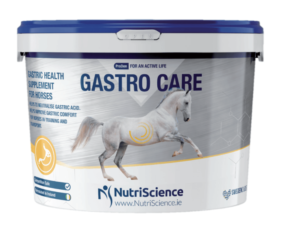
GastroCare Supplement for Horses
£97.99View Product -
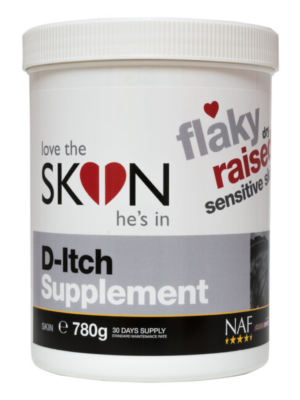
NAF Love The Skin He’s In D-Itch Supplement 780g
£31.99View Product -
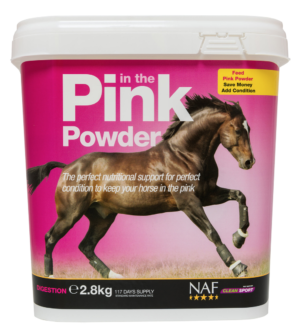
NAF In The Pink Powder
Price range: £22.79 through £221.09View Product This product has multiple variants. The options may be chosen on the product page -
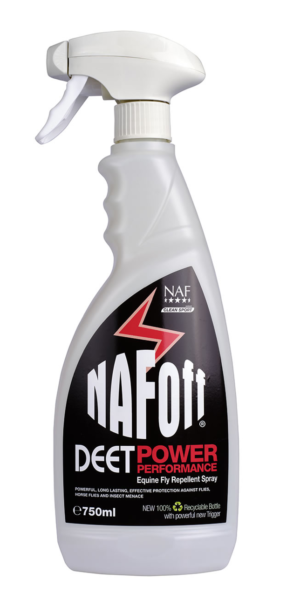
NAF Off Deet Power Performance Fly Spray For Horses
Price range: £19.99 through £63.99View Product This product has multiple variants. The options may be chosen on the product page -
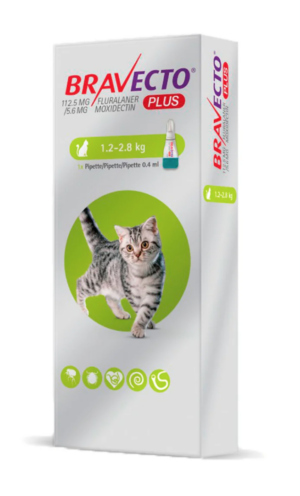
Bravecto Plus for Cats
Price range: £22.99 through £26.99View Product This product has multiple variants. The options may be chosen on the product page -
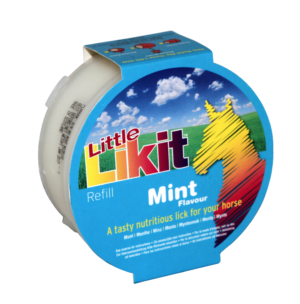
Likit Little Likit Treats Refill 250g
£4.50View Product This product has multiple variants. The options may be chosen on the product page -
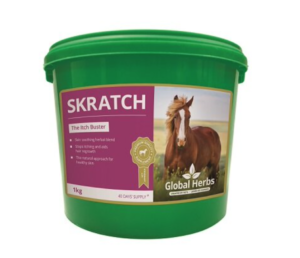
Global Herbs Skratch Plus for Horses
Price range: £21.99 through £179.99View Product This product has multiple variants. The options may be chosen on the product page -
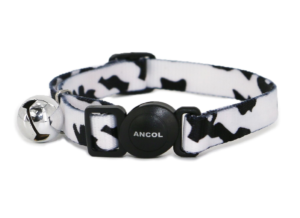
Ancol Cat Camouflage Safety Collar
£3.79View Product This product has multiple variants. The options may be chosen on the product page -
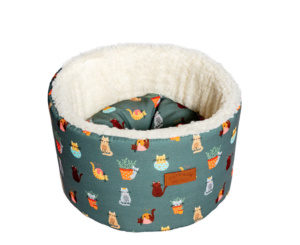
Fat Face Mischievous Cats Cosy Cat Bed
Price range: £34.99 through £46.99View Product This product has multiple variants. The options may be chosen on the product page -
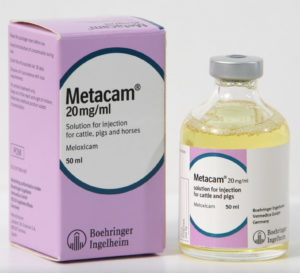
Metacam Injection for Cattle, Pigs and Horses
Price range: £64.49 through £278.99View Product This product has multiple variants. The options may be chosen on the product page

